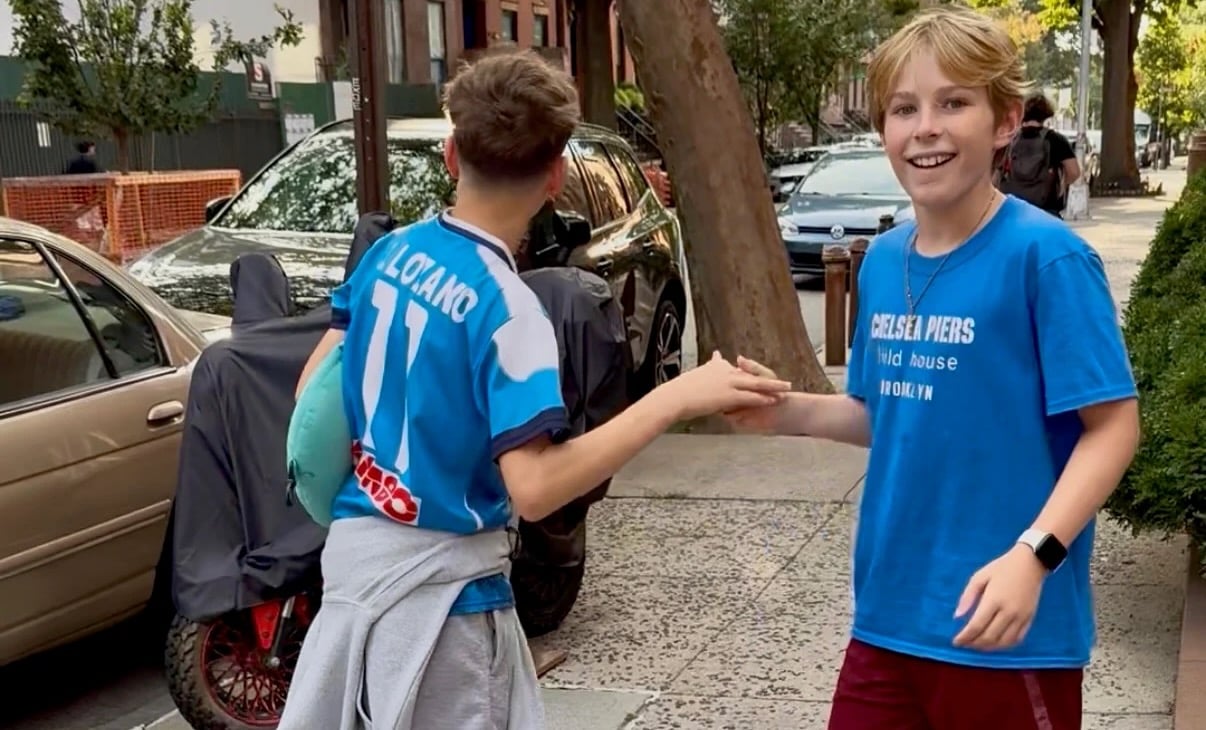Why marketers need to be part of Muslim conversations
Most western Muslims will tell you they feel undervalued and under-served by the brands they admire, follow and consume.

With Eid al-Adha beginning this week, there’s an abundance of Muslim cash flying around, ready to be spent. But marketing to specific religions is a contentious topic for most brands. And many mainstream media outlets often paint Islam in an unfavorable light. So it’s not surprising that so many marketers would rather settle for the easy life.
Yet, given the value there is to be gained—both morally and financially—marketing to Muslims might be one of the most straightforward, advantageous and inclusive paths to growth for many brands.
Islam is the world’s fastest growing religion, with Pew Research forecasting it to grow from 1.9 billion followers today, to over three billion by 2060.
With volume comes spending power. According to Salaam Gateway’s “State of the Global Islamic Economy Report,” even during a global pandemic, Muslims globally spent a collective $2.2 trillion in 2021, set to grow an additional 9.1% in 2022, and potentially reach over $2.8 trillion by 2025.
A snapshot of younger western Muslims will show they’re ambitious and career-focused, tech-savvy, and self-empowered. An analysis of YouGov data suggests that in the U.S., 54% of the Muslim population claim to have influence on the communities around them (compared to 19% for non-Muslims). They’re also incredibly diverse. According to 2020 U.S. Census figures, Muslims split as 25% Black, 24% white, 18% Asian, 18% Arab, 7% mixed race, and 5% Hispanic.
Like others their age, they respond to those who represent them, specifically by the values they choose to live by. As such, we see a rise of celebrities and influencers like Bella and Gigi Hadid, Riz Ahmed, and Hasan Minhaj all becoming more vocal about the role Islam plays in their lives. And mass channels are getting in on the act, with Disney+ launching shows such as “Ms. Marvel.”
But most western Muslims will tell you they feel undervalued and under-served by the brands they admire, follow and consume. So this is a fairly big problem to willingly ignore.
Where to show up
While Muslims consume media on par with the wider U.S. public, our analysis of YouGov data shows that specific channels—print, cinema, radio, streaming services and podcasts—are on average more than twice as attention-catching for them compared to non-Muslims.
Now, it's relatively easy to find cities where generations of Muslims have congregated over time (think Illinois, Virginia, New York, New Jersey, and others). But taking it a step further, agencies can ask their media teams to work with urban planners to understand how communities use physical and digital spaces—as well as the mindsets and intentions of those communities—to help build a brand presence using those channels relevant to their audience.
Muslims also have a huge presence on visual platforms such as Instagram, TikTok, Snapchat and YouTube, looking to find voices like theirs. And it should come as no surprise that Muslim audiences match the reach into almost every aspect of modern culture as non-Muslims, in an attempt to assimilate and be acknowledged for being as western as they might be Muslim.
They are inquisitive and they want to be more informed, more opinionated and more influential among their peer groups. For a whopping 70% of them, being the first to know and standing out is important (YouGov, June 2022).
Address their needs
One of the key factors driving consumer spending among Muslims comes from the subcategories that have evolved to meet the needs of Islamic living: Halal food, modest fashion, Muslim-friendly travel, beauty and cosmetics, financial-services and dating apps. Yet here too, western brands fail to address the needs of Muslim customers properly.
But there are opportunities for brands to take the lead. Take the non-alcoholic beers and spirits category, for example. Where alcohol is a taboo in Muslim households, by offering alcohol-free options and eliminating that conflict, brands are in a prime position to capture the curiosity of this untapped audience.
Imagine a brand like Diageo’s Seedlip, seeking out and sponsoring a Muslim mixologist to host Muslim-focused events and tastings. A little curation, some drinks know-how and flavor blending can go a long way in helping bring the Halal experience home—and win the minds of a youthful segment who thrive on status and novelty.
By leveraging cultural events like Eid and wedding seasons, where food, drink and gifting play a central role in gatherings and celebrations, brands can introduce excitement and intrigue to tables and homes. With Eid in particular, people are readily looking to spend.
How does a brand show up to a party it’s never attended or talk to an audience it’s never engaged with before? Begin laying the foundations of communications throughout the year, placing products or brands as solutions to the changes and challenges Muslims want to overcome. By building awareness and familiarity over time, it becomes hard to lose in the long-term.
Rather than building an online approach from the ground up, marketers should team with a media partner that specializes in targeting Muslim audiences, such as amaliah.com, an online publisher that also acts as a consultancy for brands wanting to be more authentic and visible in the space.
And brands able to capture the minds of Muslim audiences early are those set to win first and most. Just think, if Muslims in the U.S. gave over $1.8 billion in charity alone in 2021 with no expectations in return, what they could do for a brand that wants to help them.
My advice? Maybe it’s time to say “Bismillah,” and make a start from there.

 JimMin
JimMin 
































